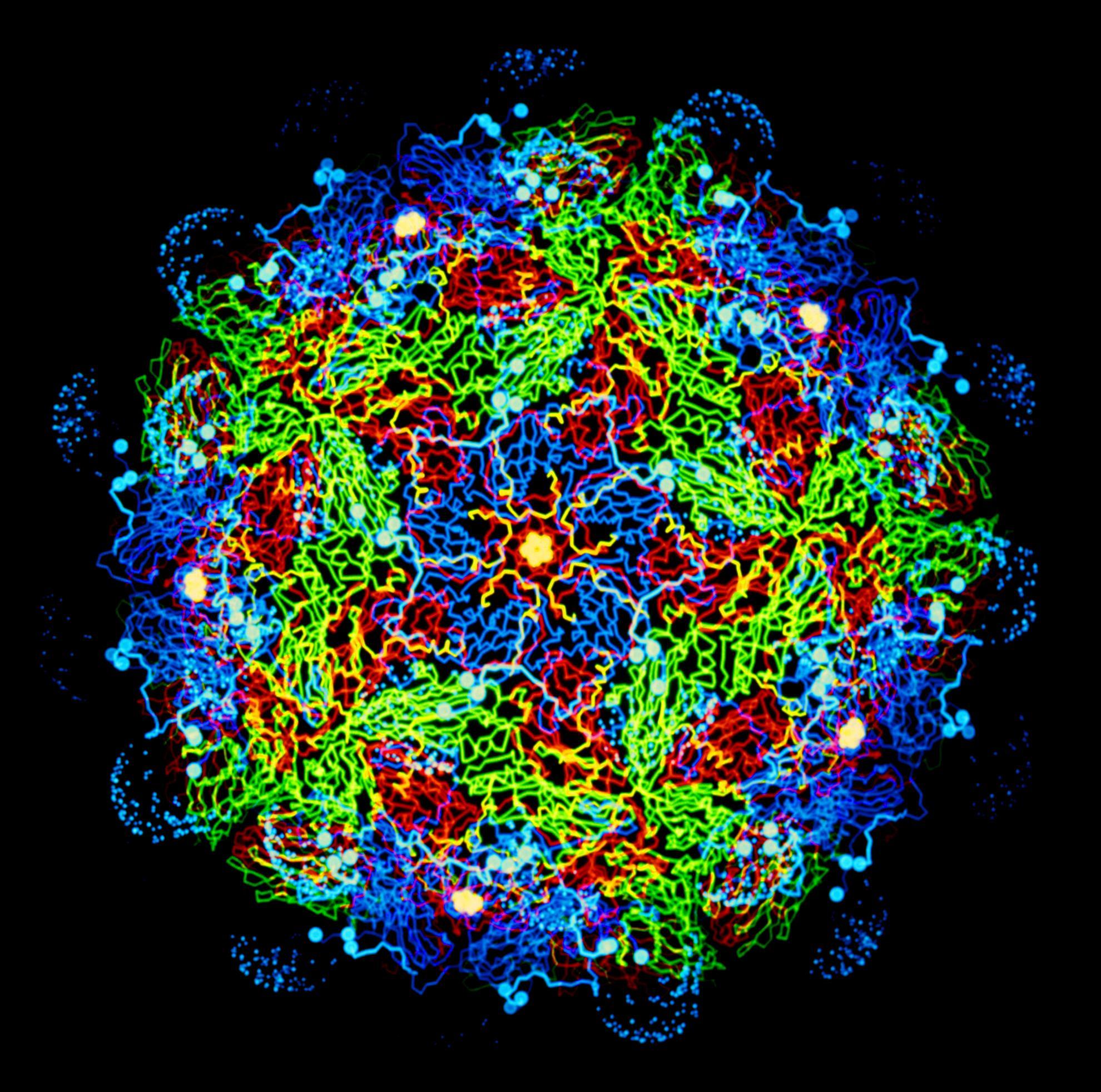The Integration of Human and Veterinary Studies for Better Understanding and Management of Crimean-Congo Haemorrhagic Fever
Outbreaks that occur as a result of zoonotic spillover from an animal reservoir continue to highlight the importance of studying the disease interface between species. One Health approaches recognise the interdependence of human and animal health and the environmental interplay. Improving the understanding and prevention of zoonotic diseases may be achieved through greater consideration of these relationships, potentially leading to better health outcomes across species. In this review, special emphasis is given on the emerging and outbreak pathogen Crimean-Congo Haemorrhagic Fever virus (CCHFV) that can cause severe disease in humans. We discuss the efforts undertaken to better understand CCHF and the importance of integrating veterinary and human research for this pathogen. Furthermore, we consider the use of closely related nairoviruses to model human disease caused by CCHFV. We discuss intervention approaches with potential application for managing CCHFV spread, and how this concept may benefit both animal and human health.


